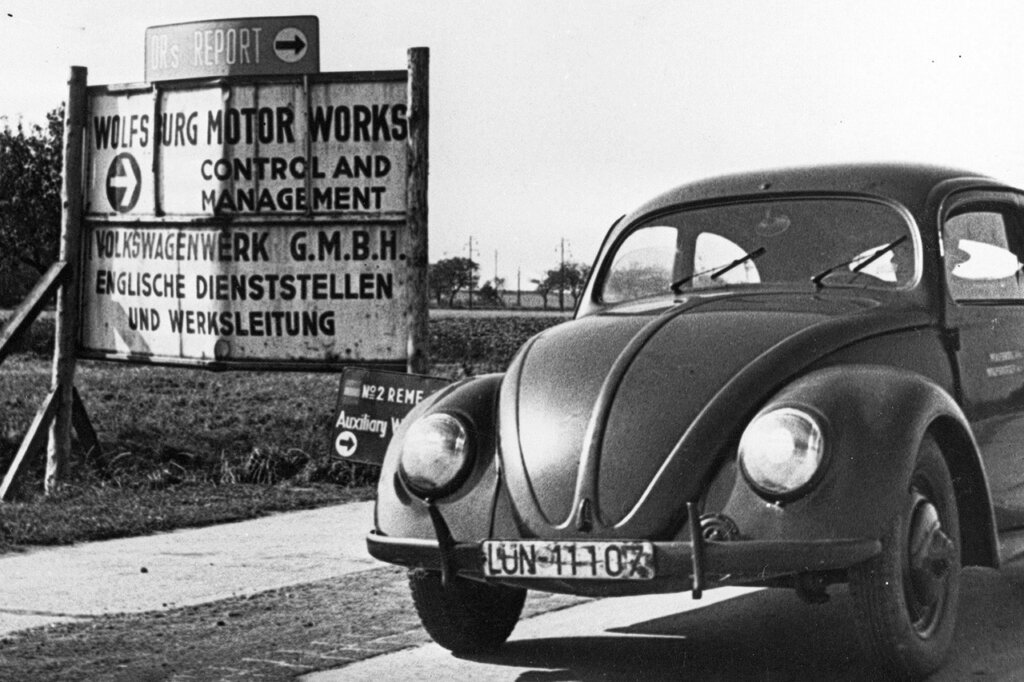
Source: VW
The Volkswagen Beetle, also known as the VW Bug and Type 1, was one of the most iconic cars in automotive history. First introduced in the 1930s, the Beetle quickly became a symbol of affordable, practical transportation, and over the years, it has remained a beloved classic with a loyal following. In this article, we will take a closer look at the history of the VW Beetle, from its early beginnings to its current status as a timeless classic.
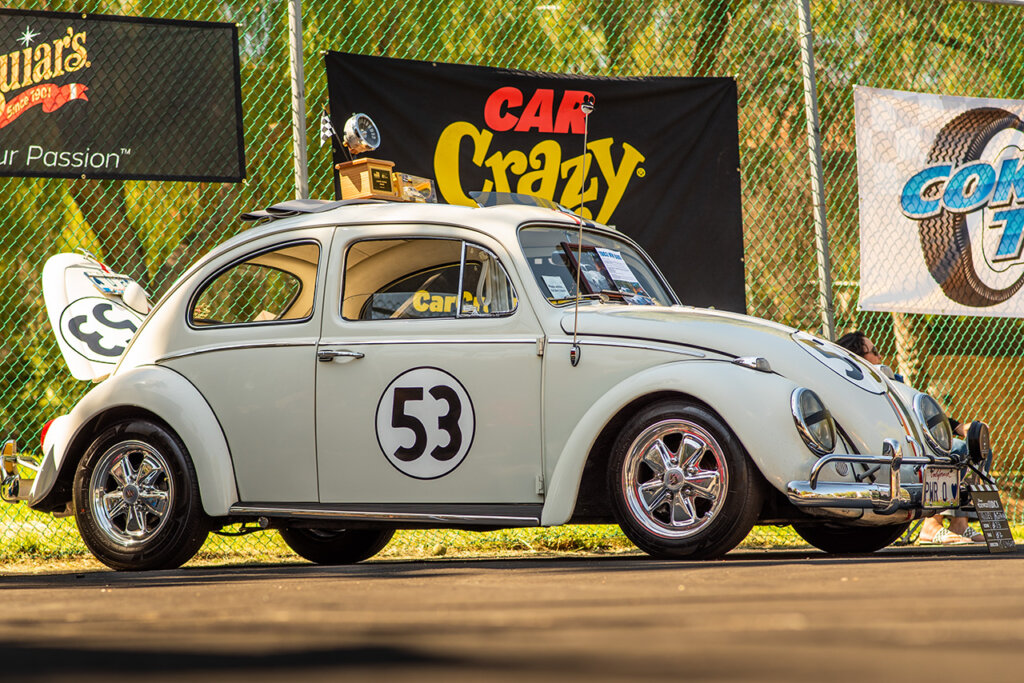
Source: Motofutura
The idea for the Volkswagen Beetle was born in the early 1930s, when the German government commissioned the creation of a “people’s car” that would be affordable and practical for the average person. The task was given to Ferdinand Porsche, who later went on to found Porsche AG, and his team set out to design a car that would meet the government’s specifications.
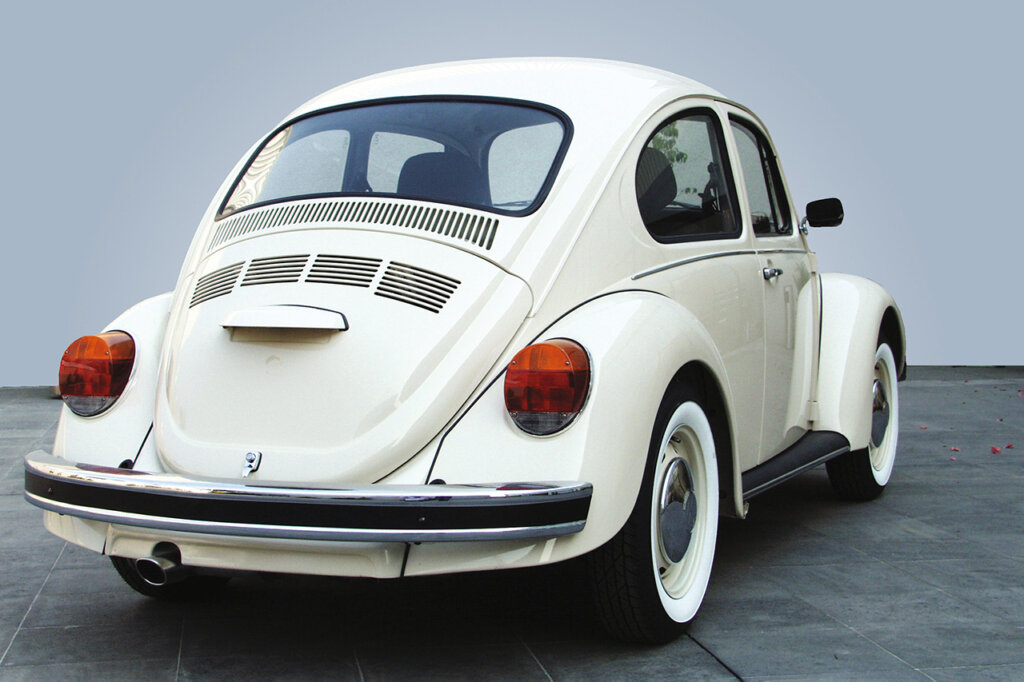
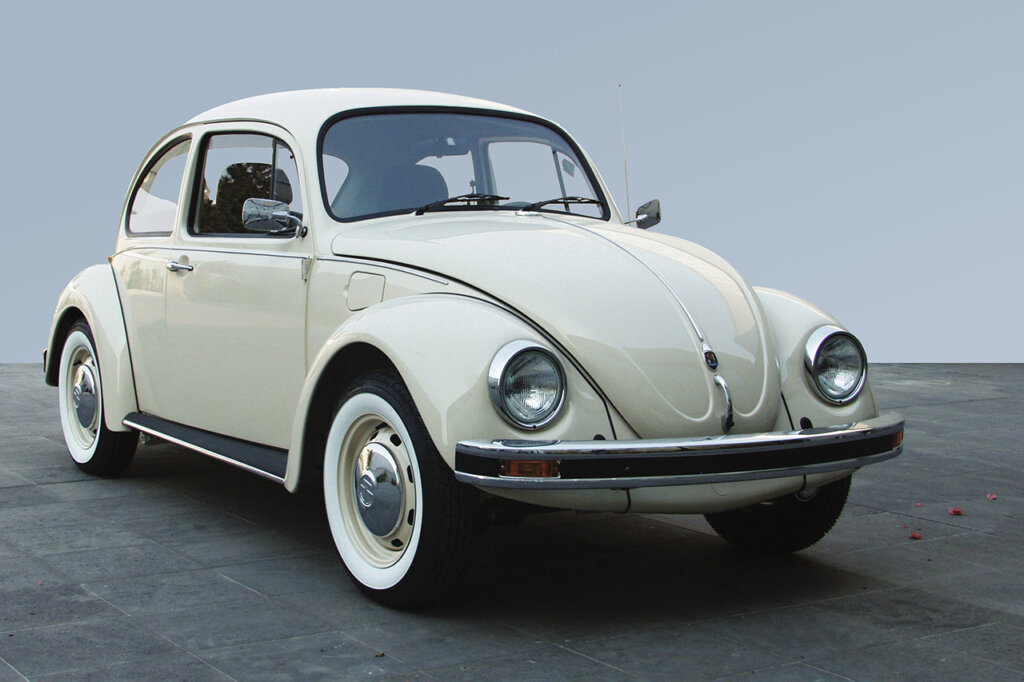
Source: VW
The first prototype of the Beetle, called the Type 60, was completed in 1935. The car was small, with a round, curved shape, with torsion bar suspension and an air-cooled flat four engine. The car’s design was simple and practical, with no frills or unnecessary features.
The Beetle was officially introduced to the public in 1938, and it quickly became popular due to its affordability and reliability. The car was marketed as a “people’s car,” and it was designed to be easy to maintain and repair, with parts that could be easily swapped out.
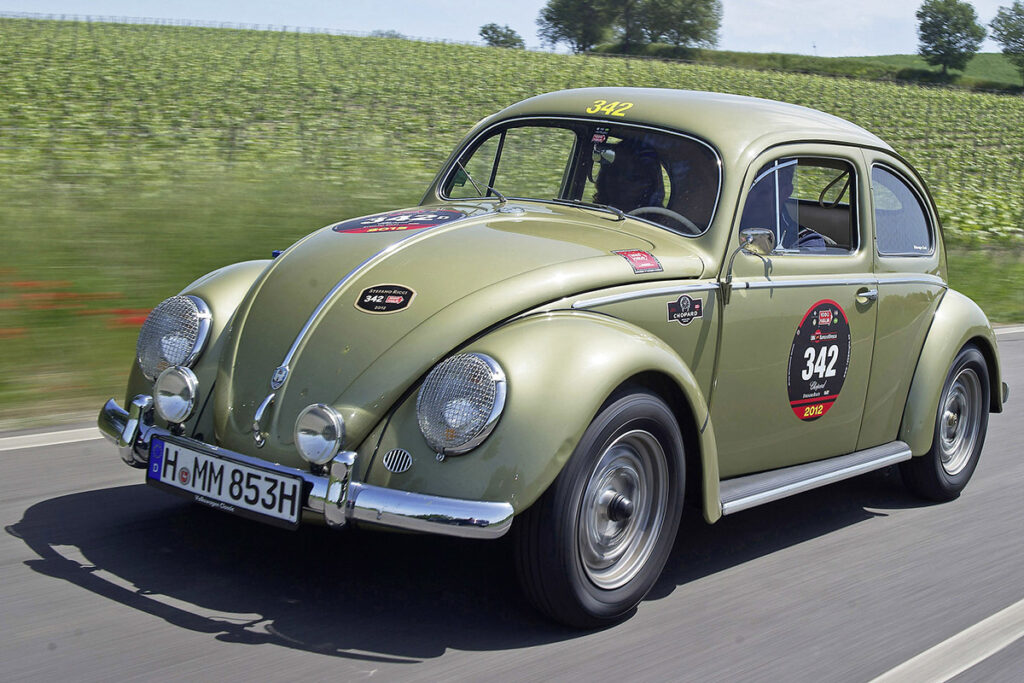
Source: VW
After the second world war, production was handed over to the British in 1945. The Beetle became increasingly popular, and it was exported to countries all over the world. In the United States, the car became a symbol of the counterculture movement in the 1960s, and it was often seen adorned with peace signs and flowers.
During this time, Volkswagen started offering semi-automatic transmission options and higher powered engines leading up to a 1500cc engine with 53 hp. Other improvements included a front anti roll bar, a hydraulic steering damper, a windshield washer powered by the spare tire, a ventilation system, and larger windows.
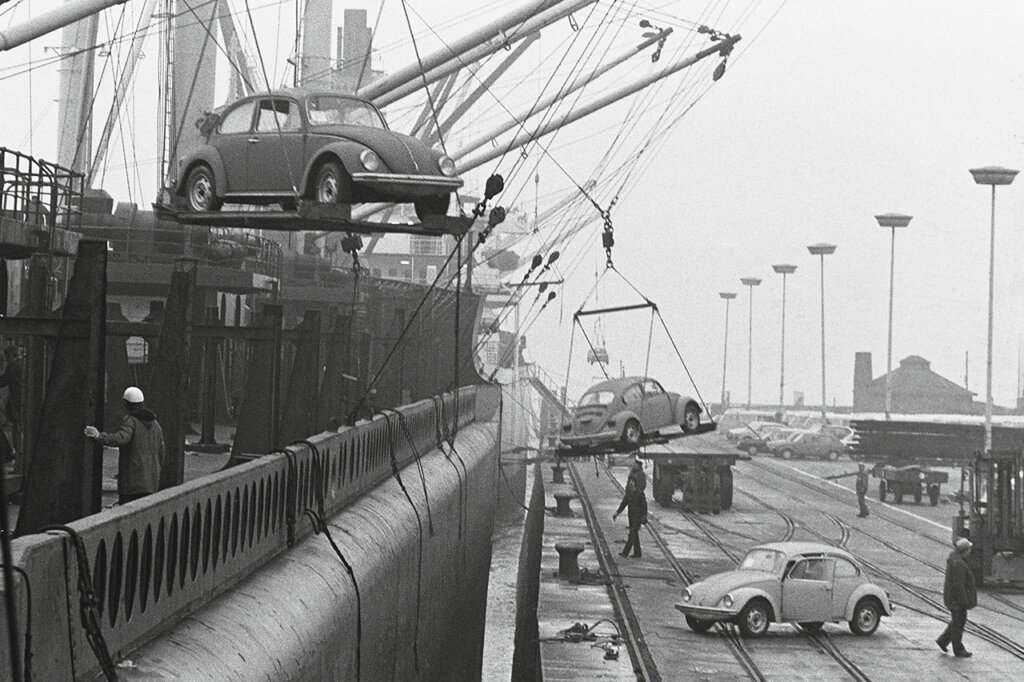
Source: VW
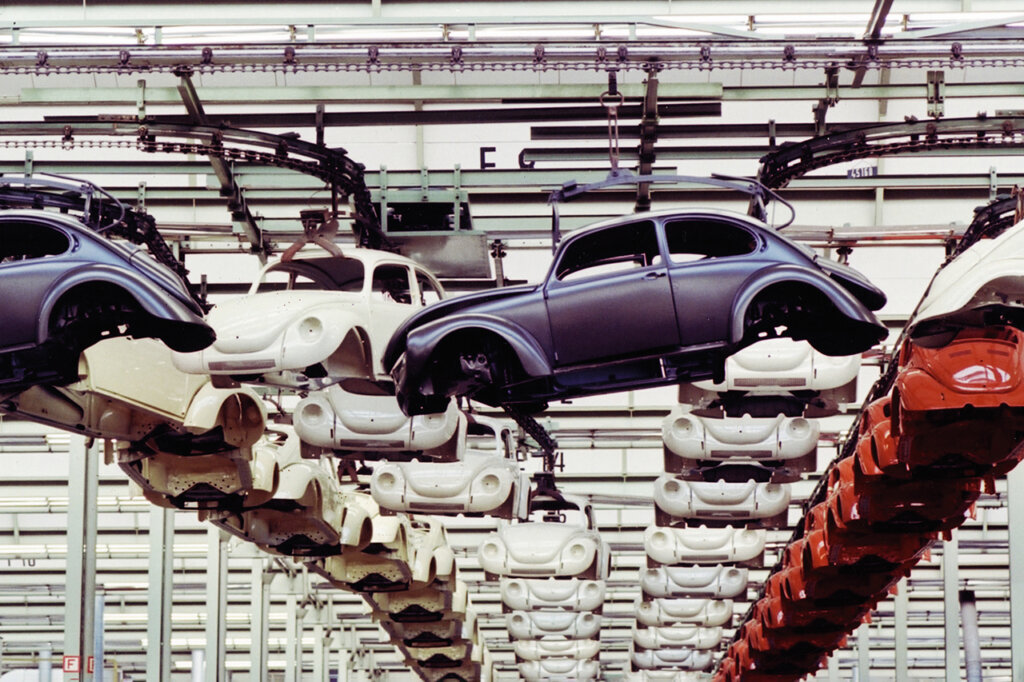
Source: VW
Despite its popularity, the Beetle faced challenges in the 1970s and 1980s, as consumer tastes began to shift towards more modern, practical cars. Volkswagen’s Type 3 and 4, aimed at more upscale markets, did not reach the same popularity as the Beetle, which itself was declining. The company started looked towards producing more modern vehicles, such as the water-cooled front engine Golf, known as the Rabbit in the US, in 1974.
Production of the Type 1 Beetle was not halted, but drastically reduced, with production eventually moving over to Brazil and Mexico in 1978. The last Type 1 Beetles were produced in 2003 at the Puebla plant in Mexico, with the last 3000 badged as the Última Edición with white wall tires, chrome trim, and two special paint options.
In the late 1990s, Volkswagen introduced a new version of the Beetle, dubbed the New Beetle, which was designed to appeal to a new generation of consumers.
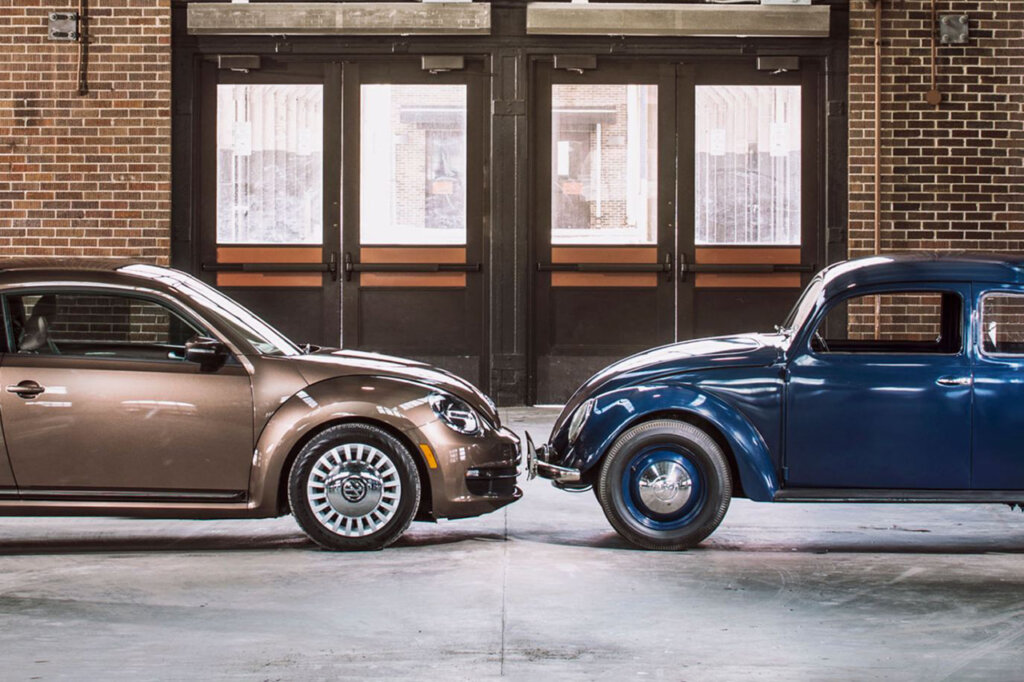
Source: VW
The New Beetle was a modernized version of the classic Beetle, with updated features such as air conditioning, power windows, and a more powerful engine. The car was an instant success, with more than 80,000 units sold in its first year.
The New Beetle was later succeeded by the A5 Beetle in 2011. Built on the same A5 (PQ35) platform as the Jetta , it was produced in the Puebla plant in Mexico and was designed to look more aggressive yet retain some of the same visual aspects of the original Beetle. The A5 stopped production in 2019, and with that, the end of the Beetle as a model offered by Volkswagen.
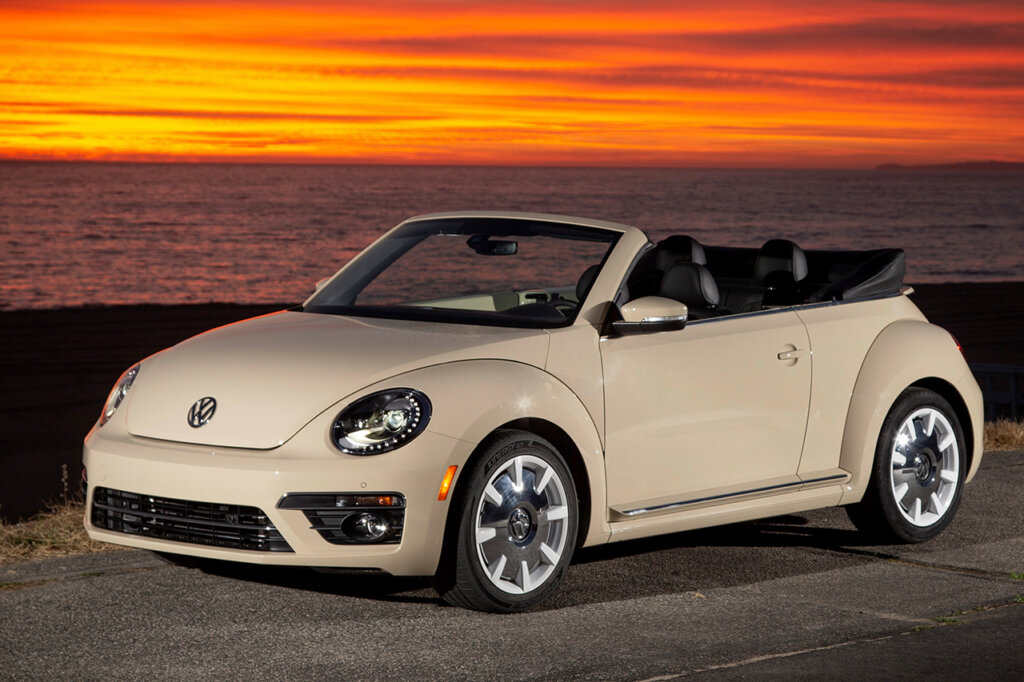
Source: VW
Today, the Volkswagen Beetle remains a beloved classic, with a loyal following of fans and collectors around the world. The car’s timeless design and practicality have made it a symbol of affordable, reliable transportation, and it has inspired countless imitations and adaptations over the years.
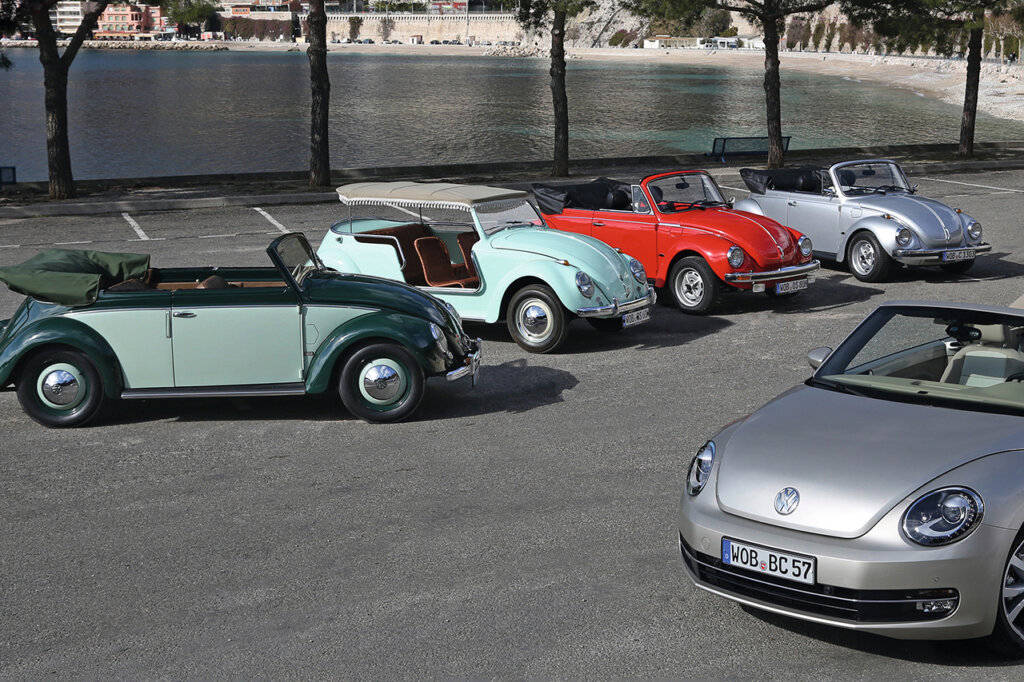
In recent years, the Beetle has also become a symbol of environmental awareness and sustainability, with Volkswagen making significant strides towards eco-friendly production and alternative fuel sources.
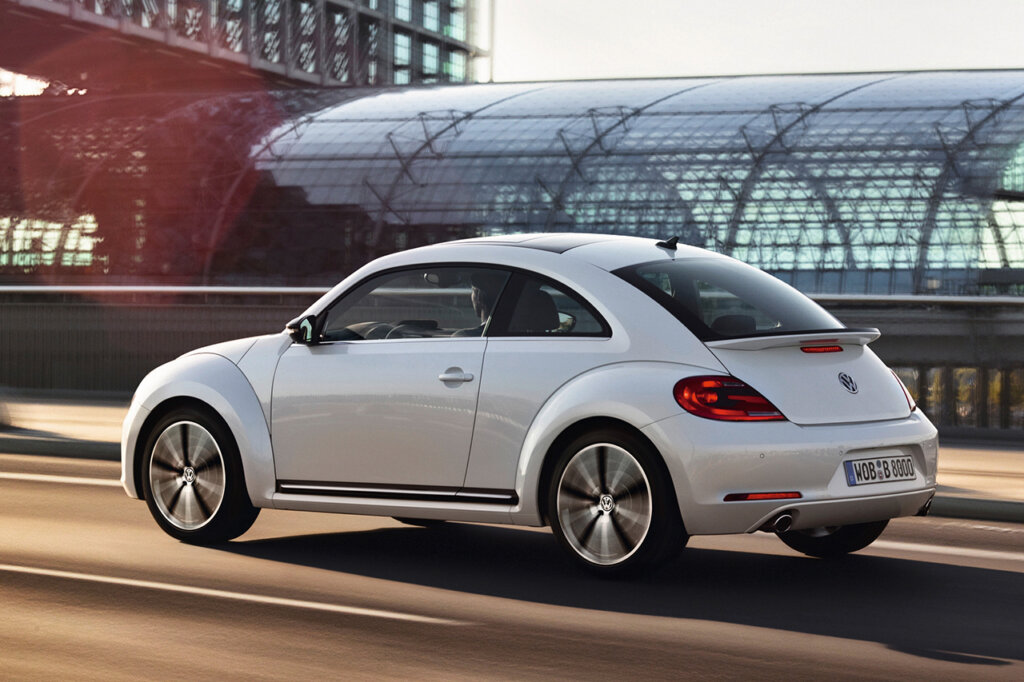
Source: VW
The Volkswagen Beetle is a true automotive icon, with a rich history and a timeless design that has captured the hearts of generations of drivers. From its early beginnings as a “people’s car” to its modern-day status as a classic, the Beetle has remained a symbol of affordable, reliable transportation, and its legacy will continue to inspire and captivate for years to come.
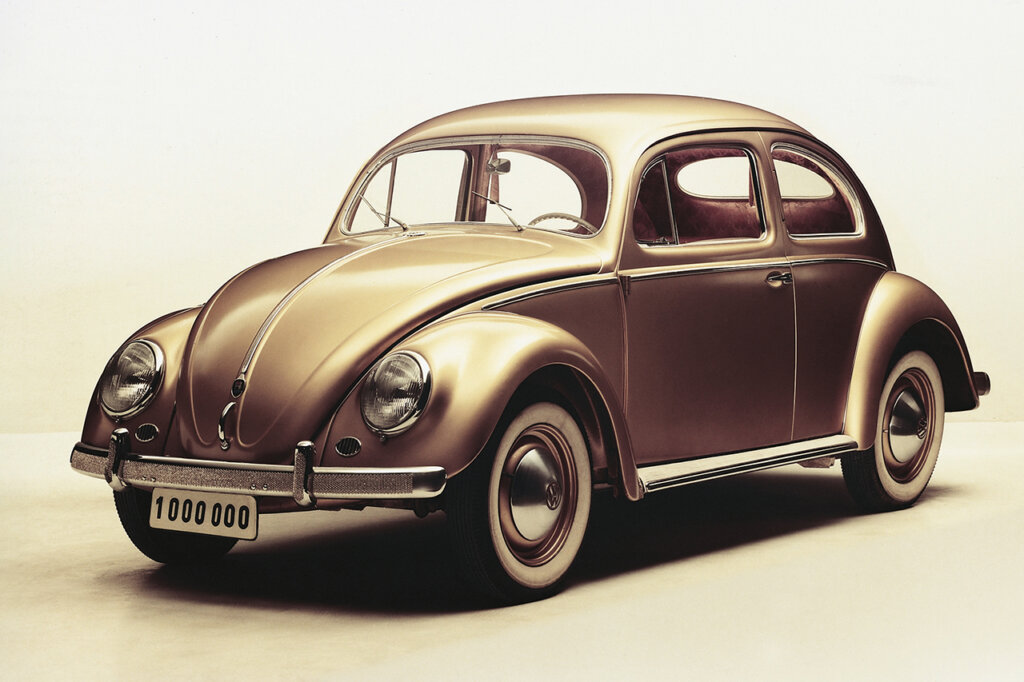
Source: VW

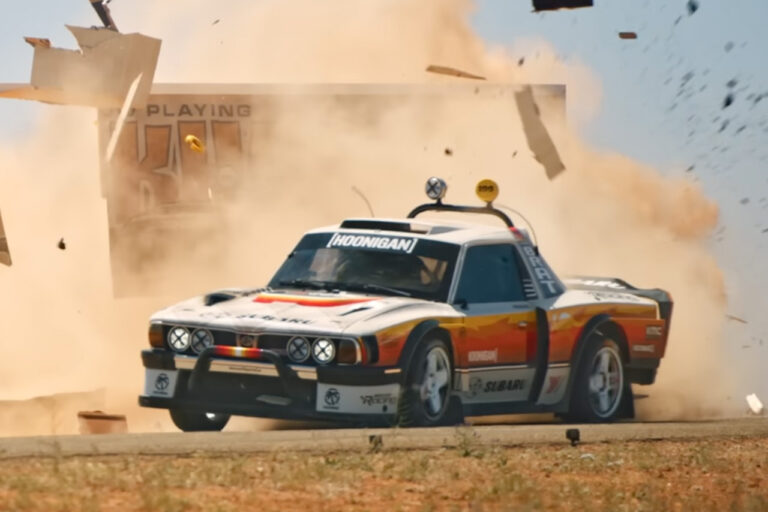
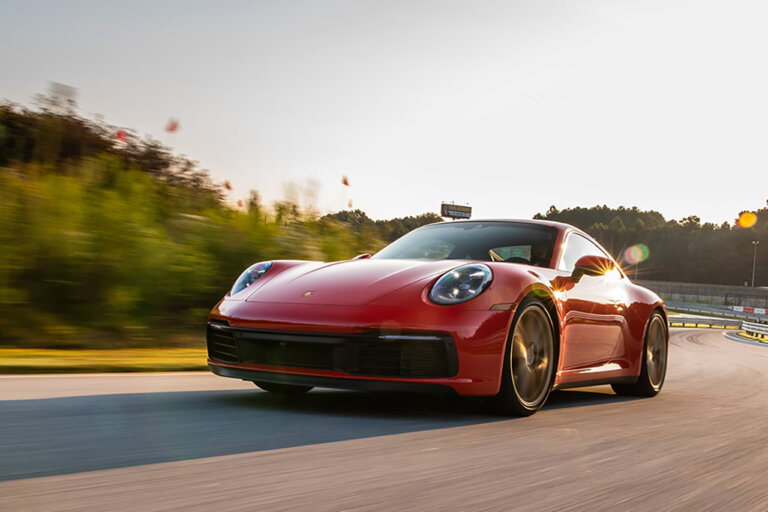
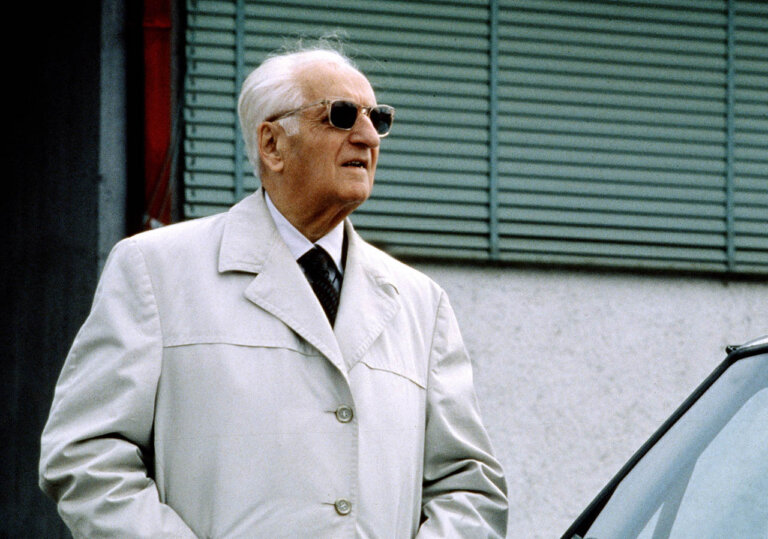
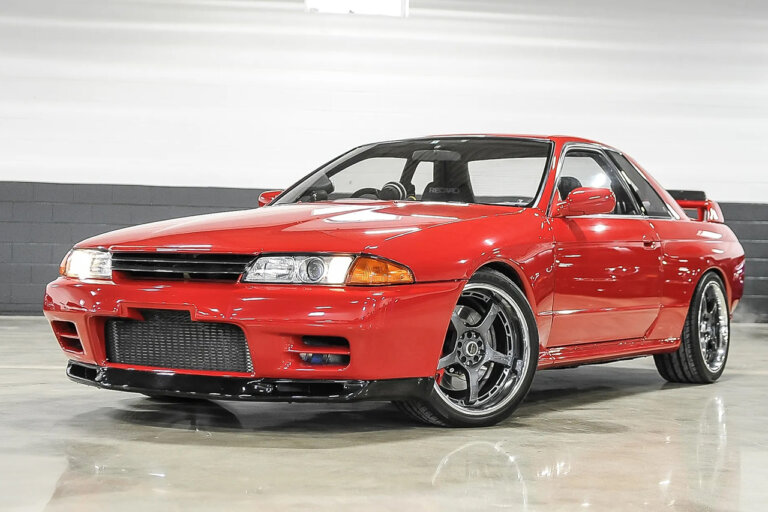
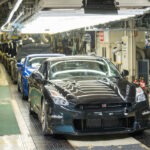




2 Responses
Mines always giving me problems
We love ours